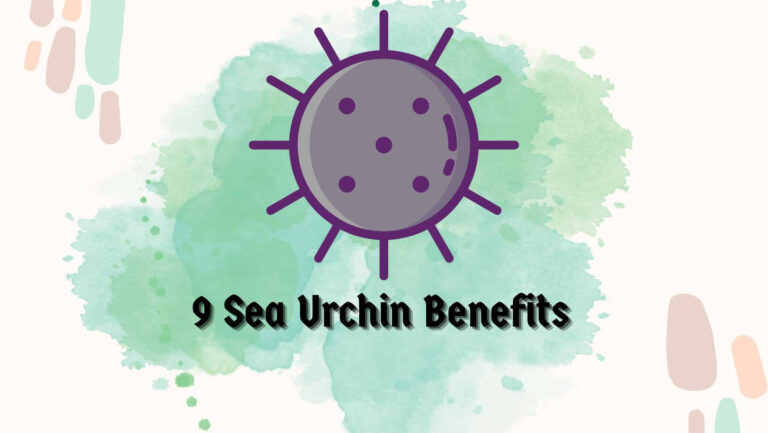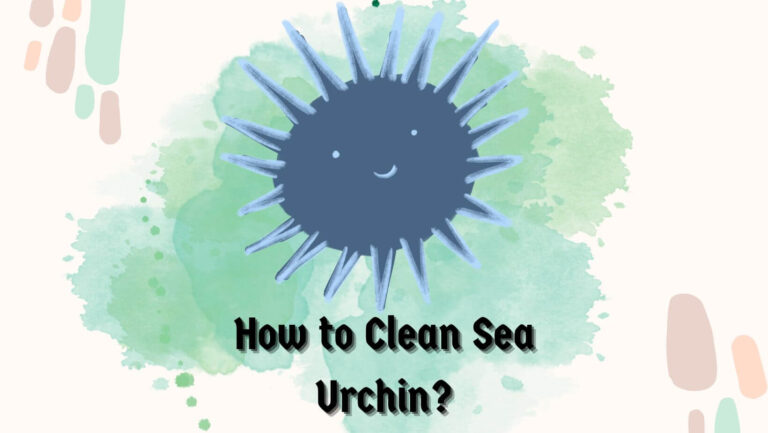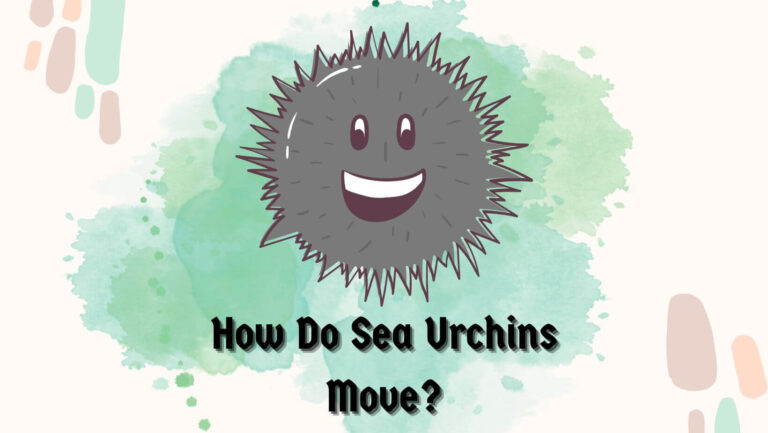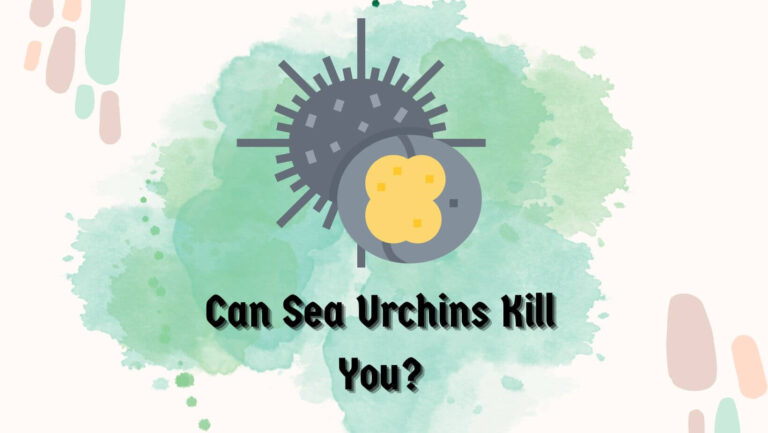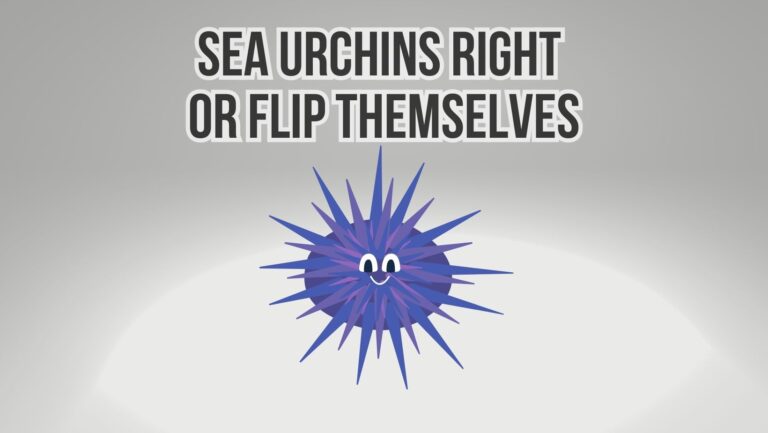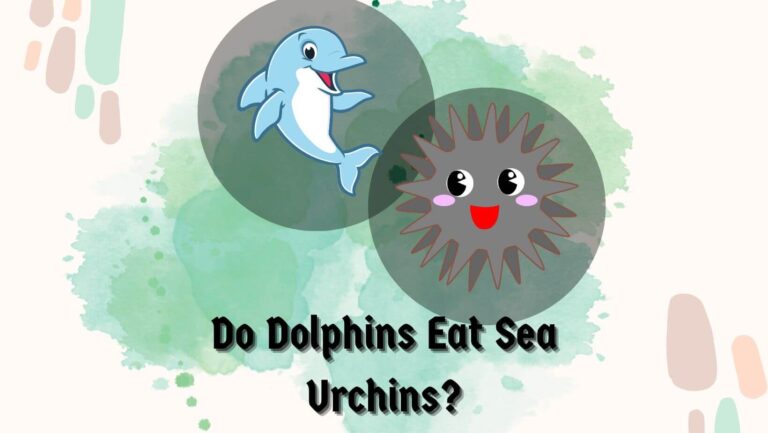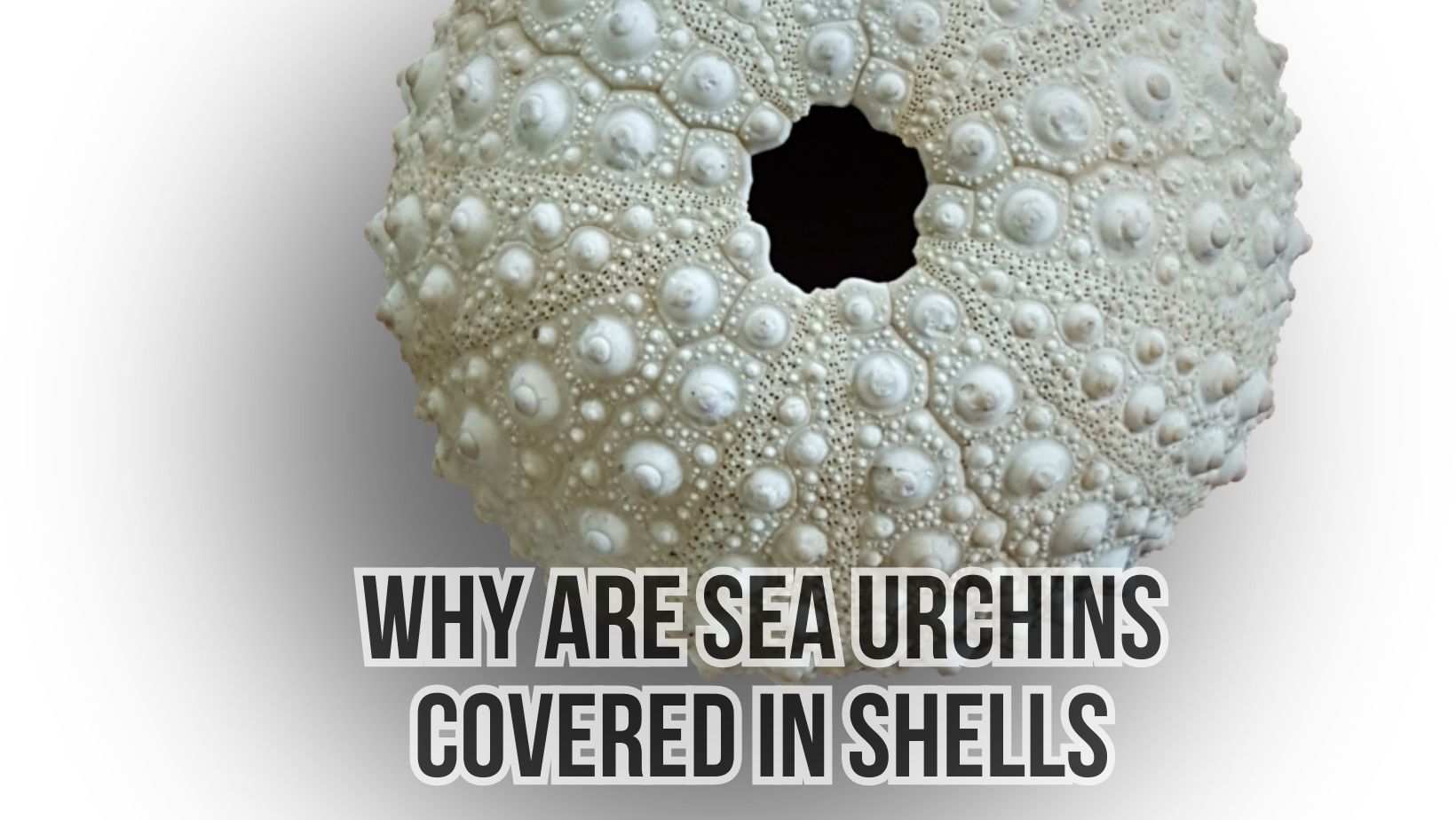
Sea urchins are fascinating marine creatures known for their distinctive appearance and spiky shells. In this article, we will explore why sea urchins are covered in shells and uncover the various reasons behind this unique adaptation. From protection to defense mechanisms and camouflage, the shells serve a crucial purpose in the life of a sea urchin.
Sea urchins are echinoderms belonging to the class Echinoidea. These intriguing creatures can be found in oceans across the world, from shallow coastal waters to deep-sea environments. Their bodies are typically spherical or globular in shape, covered in sharp spines, and protected by a hard shell.
Physical Characteristics
Sea urchins exhibit a range of physical characteristics. They have a mouth located on the underside of their body and rows of tube feet used for locomotion and feeding. The spines covering their test come in various lengths and can be venomous or non-venomous depending on the species.
Habitat and Distribution
Sea urchins are found in diverse marine habitats worldwide, including rocky shores, coral reefs, and seagrass beds. They play an essential role in ecosystem balance by grazing on algae, which helps maintain healthy marine environments. Different species of sea urchins have adapted to thrive in specific habitats and environmental conditions.
The Purpose of Shells
Sea urchin shells serve several crucial purposes in their survival and adaptation to their marine environments.
Protection
The primary function of sea urchin shells is protection. The hard, calcareous structure shields the sea urchin’s internal organs from potential predators and physical damage. The spines covering the shell act as an additional defensive barrier, deterring predators from approaching.
Camouflage
Sea urchin shells often blend with their surroundings, providing camouflage against predators. The colors and patterns on their shells mimic the surrounding rocks or coral, allowing them to remain inconspicuous in their habitats.
Defense Mechanism
Sea urchins can use their shells as a defense mechanism. When threatened, they can squeeze themselves into narrow crevices or bury themselves in sand, utilizing their hard shells as a protective shield against predators.
Formation of Sea Urchin Shells
Sea urchin shells are formed through a combination of structures and materials within their bodies.
Spines and Test
The spines covering a sea urchin’s test play a significant role in shell formation. The spines serve as a framework where calcareous material is deposited, gradually forming the interlocking plates that make up the shell.
Calcareous Plates
The test of a sea urchin is composed of calcareous plates, also known as ossicles, made primarily of calcium carbonate. These plates are tightly joined together, providing strength and rigidity to the shell structure.
Shell Variation Among Sea Urchin Species
Sea urchin shells exhibit remarkable diversity among different species. The shape, size, and texture of the shells can vary significantly, depending on the habitat and ecological niche of each species. Some species have smoother shells, while others have more elaborate designs or long, sharp spines for enhanced defense.
Adaptations and Survival
Sea urchins have evolved various adaptations that contribute to their survival and successful reproduction.
Feeding and Movement
Sea urchins have a unique feeding mechanism called Aristotle’s lantern, a complex jaw-like structure composed of five interlocking teeth. This mechanism allows them to graze on algae and other small organisms, playing a crucial role in maintaining the balance of marine ecosystems.
Reproduction
Sea urchins reproduce through external fertilization. They release eggs and sperm into the water, where fertilization takes place. The fertilized eggs develop into larvae, which eventually settle and grow into adult sea urchins.
Human Interaction
Sea urchins have significance in both economic and environmental contexts, influencing human activities and ecosystems.
Economic Importance
In some regions, sea urchins are harvested for their roe, which is considered a delicacy in certain cuisines. The roe, also known as uni, is rich in nutrients and flavors and is a sought-after ingredient in sushi and gourmet dishes.
Environmental Impact
Sea urchins play a crucial ecological role by controlling the growth of algae in marine environments. However, in some cases, excessive sea urchin populations can lead to overgrazing and depletion of vital habitats, causing imbalances in the ecosystem.
Why Do Sea Urchins Have Stones and Rocks on Them?
Sea urchins don’t intentionally have stones and rocks on them. What may appear as stones or rocks on the sea urchins are actually their own shells or tests. Sea urchins have a hard, calcareous shell made up of tightly interlocking plates. These plates provide protection to the sea urchin’s delicate internal organs from potential predators and physical damage.
What Is the Stuff Inside Sea Urchins?
The internal structure of a sea urchin consists of various organs and systems necessary for its survival. The central part of a sea urchin is occupied by its digestive system, which includes the mouth, esophagus, stomach, and intestines. The mouth is located on the underside of the sea urchin’s body and is surrounded by several specialized structures known as Aristotle’s lantern, which aid in feeding and grinding food.
Apart from the digestive system, sea urchins have a water vascular system, which powers their tube feet and helps in movement and respiration. The reproductive organs are also present inside the sea urchin, allowing them to reproduce and produce offspring.
Do Sea Urchins Like to Put Rocks on Their Heads?
Sea urchins do not put rocks on their heads intentionally. However, certain species of sea urchins, such as the decorator crabs and some types of hermit crabs, have a habit of adorning their bodies with objects like rocks, shells, or seaweed as a form of camouflage. These objects help them blend in with their surroundings and provide protection against potential predators.
Why Do Sea Urchins Carry Things?
Sea urchins themselves do not carry things intentionally. However, as mentioned earlier, some species of sea urchins have a symbiotic relationship with certain types of crabs, like decorator crabs. These crabs attach objects such as rocks, shells, or algae to their exoskeletons for camouflage and protection. The sea urchins benefit from this association as they gain better camouflage and protection from predators by having the crabs carry objects on their bodies. It’s important to note that not all sea urchins engage in this behavior, and it is specific to certain species and their interactions with other organisms.
Conclusion
Sea urchins’ shells are not merely ornamental; they serve vital purposes in their survival and adaptation to their surroundings. The shells provide protection, camouflage, and defense mechanisms, allowing sea urchins to thrive in diverse marine habitats. Understanding the significance of sea urchin shells helps us appreciate the intricate adaptations and ecological roles of these fascinating creatures.
FAQs
Do all sea urchins have shells?
Yes, all sea urchins have shells. Shells are a characteristic feature of sea urchins and play a crucial role in their protection and survival.
Can sea urchins change their shells?
No, sea urchins cannot change their shells. The shells are formed during their early development and remain with them throughout their lives.
Are sea urchin shells dangerous?
Sea urchin shells can have sharp spines that can cause injury if handled without caution. It’s essential to exercise care when handling sea urchins or their shells.
What is the lifespan of a sea urchin shell?
Sea urchin shells are made of durable calcareous material and can persist long after the sea urchin’s death. The lifespan of a shell can vary depending on environmental conditions and factors such as erosion and fragmentation.
Can you find sea urchin shells on the beach?
Yes, it is possible to find sea urchin shells washed up on the beach, especially in coastal areas where sea urchins are present. However, the availability of shells may vary depending on the location and local conditions.

